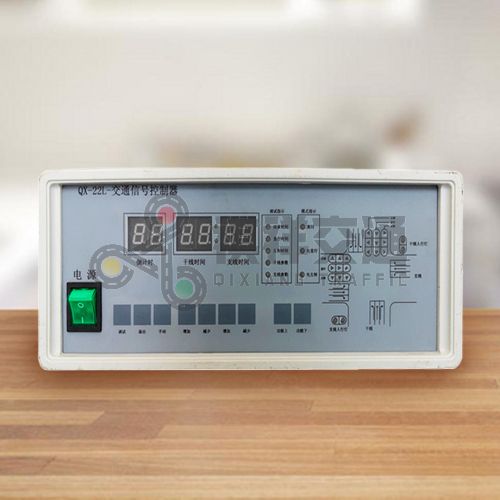Unsung heroes known as traffic signal controllers play a vital role in managing the flow of traffic at intersections. You’ve probably seen them mounted on tall poles or tucked away in little boxes on the side of the road, overlooking the hustle and bustle of the street.
What is a traffic signal controller?
Simply put, a traffic signal controller is an electronic device that coordinates traffic signals at intersections. Its main purpose is to regulate the flow of vehicles and pedestrians to ensure safe and efficient traffic. Using various algorithms and timing schemes, the controller determines when each signal should change to allow vehicles to move through the intersection in an orderly manner.
Goal of the traffic signal controller
Traffic signal controllers are programmed to consider a variety of factors when deciding how long each light should remain green, amber, or red. These factors include the volume of traffic on each corridor, timing patterns at adjacent intersections, the presence of pedestrians, and even the time of day or week. By continuously analyzing and adjusting these factors, the controller aims to minimize traffic congestion, reduce delays and improve safety for all road users.
Functions of the traffic signal controller
One of the main functions of a traffic signal controller is the ability to detect the presence of vehicles and pedestrians waiting at intersections. It uses a variety of sensors, such as ring detectors buried under sidewalks or cameras mounted on poles, to gather this information. By accurately sensing the presence and movement of vehicles and pedestrians, the controller can adjust its timing schedule to adapt to changing traffic conditions.
In addition to managing traffic flow, traffic signal controllers also play a vital role in emergency situations. They can be programmed to prioritize emergency vehicles by automatically extending green lights or manipulating signals to clear the way. This ensures that emergency responders can quickly and safely traverse the intersection, reducing response time and potentially saving lives.
Additionally, modern traffic signal controllers are often equipped with advanced features to increase efficiency and reduce energy consumption. Some controllers are able to communicate with each other via a wireless connection, allowing them to coordinate signal timing at nearby intersections. This not only improves overall traffic flow but also reduces fuel consumption and emissions by minimizing unnecessary stops and starts.
In conclusion, traffic signal controllers are an important part of our urban infrastructure. These devices contribute to the smooth and safe movement of traffic by carefully analyzing traffic patterns, detecting the presence of vehicles and pedestrians, and adjusting signal timing accordingly. Their role in managing emergencies and reducing energy consumption cannot be overemphasized. So the next time you see a traffic signal controller perched high above an intersection, remember the important job it does in keeping the road running smoothly.
If you are interested in traffic signal controller, welcome to contact traffic signal controller manufacturer Qixiang to read more.
Post time: Jun-27-2023







